Table of content
Do you want to know the reasons behind Freestyle Libre false low readings? Looking for appropriate solutions for false reading of FreeStyle Libre? Here is a detailed answer to your questions in practical ways.
In this blog, we will discuss the main causes and solutions to the false low readings of your Freestyle Libre devices.
People with diabetes rely heavily on accurate glucose readings to manage their condition effectively. The Freestyle Libre glucose monitoring system is a popular choice for many individuals because it provides continuous readings without the need for fingersticks.
By checking the real-time data of blood glucose levels, many diabetic patients can devise an efficient treatment plan. If this device shows false readings, the diabetes management plan may be disrupted. People mostly complain about Freestyle Libre false low readings instead of high readings.
This post will uncover the causes and solutions for false low readings with Freestyle Libre.
Main Causes of False Low Readings in Libre Sensors
False low readings occur when the glucose monitor indicates a lower glucose level than the actual glucose level. This error is more common in the freestyle Libre 2. There are several common causes of Freestyle Libre 2 False Low Readings.
Some of them are as follows:
1. Sensor Placement Issues
Poor sensor placement can cause false low readings. For example, placing the sensor on areas with much body fat, such as the upper arm or thigh, can lead to compression lows. Alternatively, inserting the sensor in areas with a lot of muscle, such as the calf, can result in false lows due to muscle contractions.
2. Compression Lows
Compression lows occur when the sensor experiences pressure, such as when sleeping on the sensor or wearing tight clothing over the sensor. It can also happen when you fall on the ground, and your body weight is shifted to the sensor. The sensor regains its normal function if it does not displace or break.
3. Temperature-Related Errors
If your Freestyle Libre Sensor is not reading your blood glucose level properly, the temperature can be one of the reasons. Temperature-related errors occur when the sensor is exposed to extreme temperatures, such as very hot or very cold.
You must be careful when you stand beside a burner. You must also avoid exposing the sensor when the temperature is too low. It works properly if the temperature remains between 50℉ to 113℉.
4. Hydration Levels
Dehydration can affect glucose concentration in interstitial fluid, potentially impacting the accuracy of Libre 2 and Libre 3 sensors. When interstitial fluid volume decreases due to dehydration, glucose becomes more concentrated, which may lead to skewed sensor readings.
5. Excessive Movement
Vigorous exercise, like running or jumping, or direct pressure at the Libre sensor site, like during contact sports or tight-fitting garments, can cause changes in the flow of interstitial fluid or sensor placement, which can lead to variable or inaccurate glucose readings. Use Adhesive patches or covers to protect the sensor in this situation.
6. Medication Interference
Substances such as ascorbic acid (Vitamin C) and salicylic acid (found in certain pain relievers) can interfere with Libre 2 and Libre 3 sensor readings. Vitamin C may cause falsely elevated glucose levels, while both acids can affect the sensors’ chemical interaction and reduce glucose detection accuracy.
7. Faulty Sensor
Although rare, manufacturing defects in Libre sensors can interfere with signal processing and calibration, which may result in inaccurate glucose readings or temporary device malfunctions.
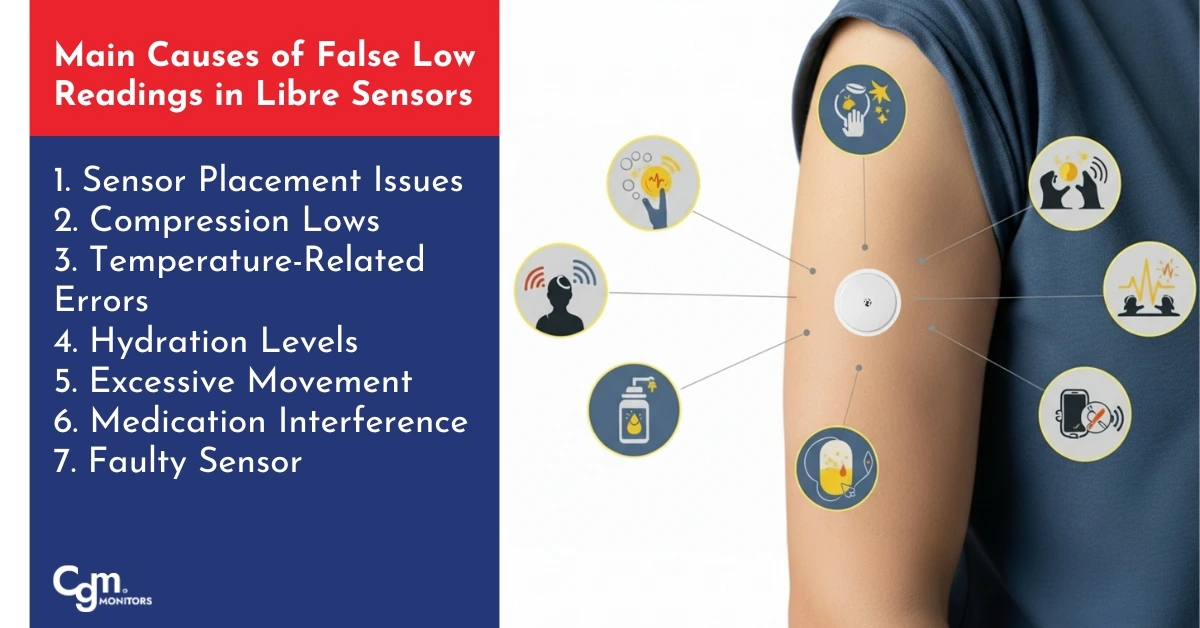
Solutions for False Low Readings in Libre Sensors
If your CGM device gives false low readings, it can make managing your blood sugar levels difficult. The good news is that there are several practical steps you can take to minimize these errors:
- Choose the Right Sensor Site: Avoid areas with too much body fat or muscle (e.g., calf or upper thigh). Instead, place the sensor on recommended spots like the back of your upper arm, closer to your torso, to reduce pressure points.
- Apply Properly: Always insert the sensor on clean, dry skin to improve accuracy. You can use wipes to clean such areas for better outcomes.
- Rotate Sensor Sites: Change placement regularly to prevent skin irritation and pressure injuries. Using one site again and again causes rashes and sometimes infection.
- Manage Compression Lows: If you notice false lows caused by pressure (such as during sleep), remove the pressure by adjusting your sleep position, loosening clothing, or using a pillow for support. It is recommended not to sleep on such a side where your sensor is placed.
- Check with a Finger-Prick: If a reading feels inaccurate, confirm it with a traditional finger-prick test before taking corrective action.
- Stay Hydrated: Drink enough fluids daily to help maintain stable interstitial fluid levels, which support accurate sensor readings.
- Avoid Temperature-Related Errors: Store and use your sensor within the recommended temperature range to avoid performance issues.
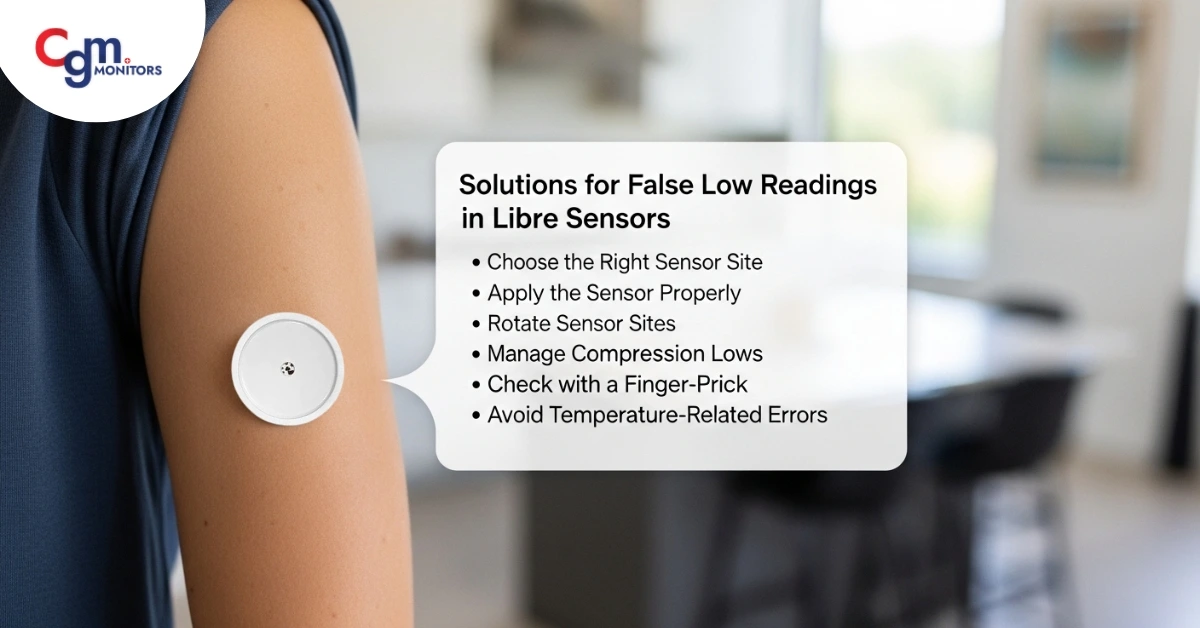
Freestyle Libre False Low Readings At Night
Although there is no relation between inappropriate readings and night, however, some people experience falsely low readings at night. Many users are curious to know the reason as well as the solution to this problem. One of the most common reasons for this problem is compression lows.
Sleeping on the sensor can compress tissue, limiting fluid flow and causing low readings. New sensors may give inaccurate results for the first 12–24 hours as they adjust. The sensors measure interstitial fluid, which lags behind blood glucose by 5–15 minutes, leading to false lows during rapid changes. Cooler skin at night can reduce blood flow, affecting sensor accuracy.
Placing sensors in areas with poor circulation or pressure can also cause errors. To fix this, avoid sleeping on the sensor, wait 24 hours for new sensors to stabilise, monitor trends to catch lag, keep the sensor site warm, and apply sensors on the upper arm, avoiding scars.
How to Address False Low Readings at Night
To address false low glucose readings at night with Freestyle Libre 2 and Libre 3, try these simple solutions. Adjust your sleep position to avoid pressing on the sensor, which can reduce tissue compression and improve accuracy. Wait 24 hours for a new sensor to stabilize and use fingerstick tests to confirm readings during this period. Monitor trend arrows on the sensor to account for the delay between interstitial fluid and blood glucose levels. Keep the sensor site warm to ensure proper blood flow, which supports accurate readings. Finally, place the sensor on recommended areas like the upper arm, avoiding scars or areas prone to pressure.
Buy Freestyle Libre 3 Plus for More Accurate Reading
False low reading problems are primarily seen in Freestyle Libre 2. If you want to avoid this problem permanently, freestyle Libre 3 plus sensor is the best option. It is designed to provide significant ease to the users. It is also more accurate than its previous version.
You can purchase this innovative and error-free device from our website. We provide you with a high-quality Freestyle Libre 3 starter kit at a reasonable price.
Conclusion
Freestyle Libre false low readings can be frustrating for people with diabetes who rely on accurate glucose readings to manage their condition effectively. The causes of false low readings include sensor placement issues, compression lows, and temperature-related errors.
However, practical solutions are available to minimize the risk of false low readings, including proper sensor placement techniques, rotating sensor sites, and avoiding extreme temperatures.
Additionally, for those experiencing false low readings at night, adjusting sleep positions or using a pillow for support may help alleviate the issue. For those looking for a more accurate and innovative device, the Freestyle Libre 3 reader is a recommended option.
Frequently Asked Questions
What are the common causes of false low readings with Freestyle Libre?
Causes include poor sensor placement, compression lows, and temperature-related errors.
How can false low readings be prevented?
Avoid placing sensor in areas with lots of body fat/muscle, use proper application techniques, rotate sensor sites, and avoid extreme temperatures.
What can cause false low readings with Freestyle Libre at night?
Compression lows are a common cause. Sleeping on the alternate side or using a pillow behind can help.
Is Freestyle Libre 3 more accurate than previous versions?
Yes, it is designed to provide more accurate readings and can be purchased from their website.
Why is it important to address false low readings with Freestyle Libre?
False readings can disrupt diabetes management plans, so it is important to identify and address the causes to ensure proper management of the condition.

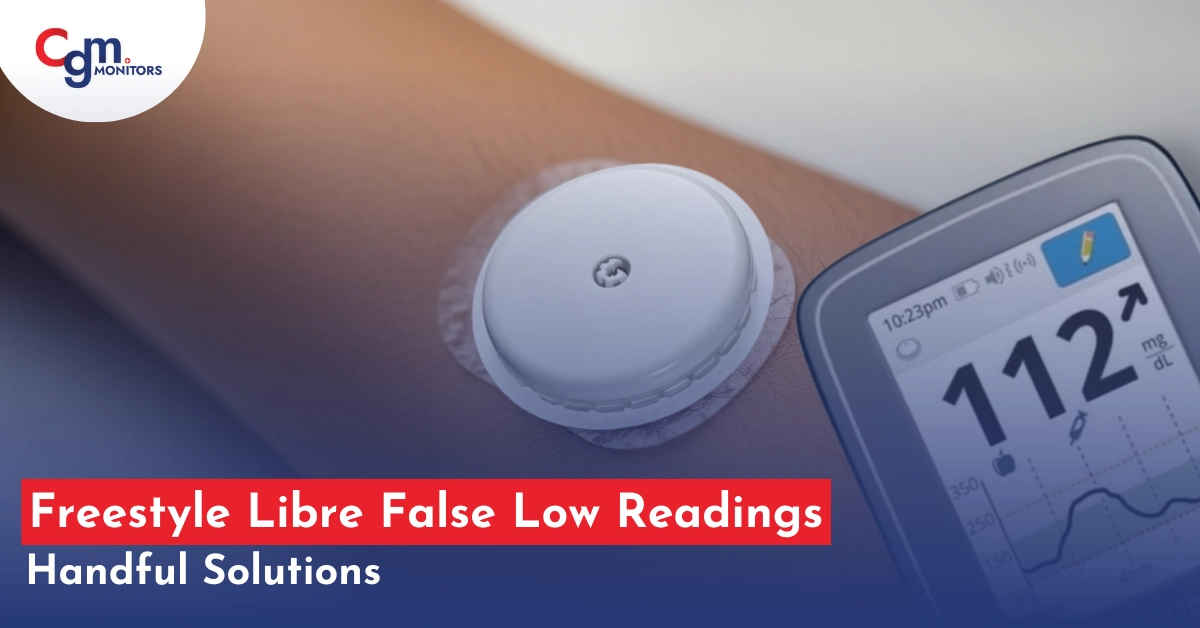
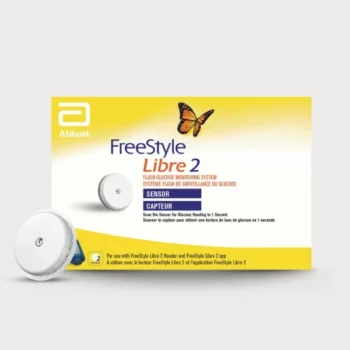
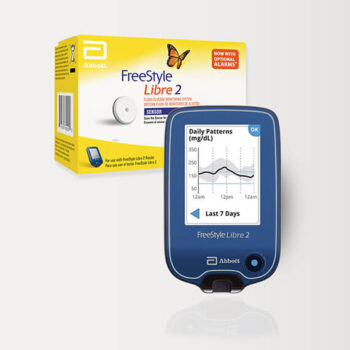

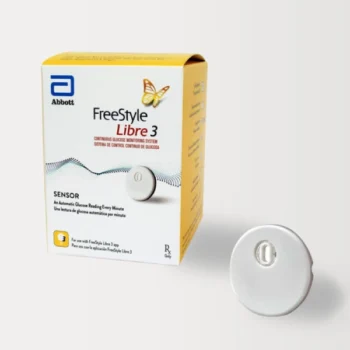
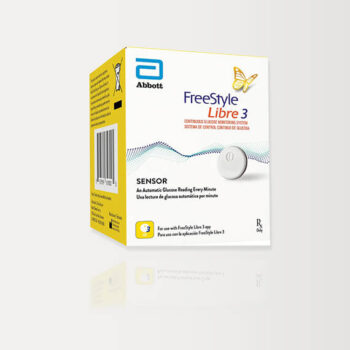
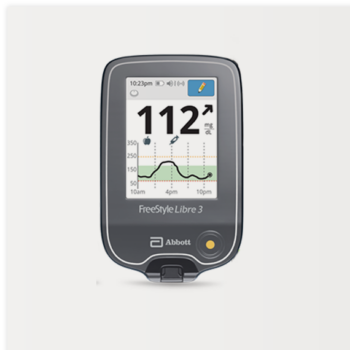
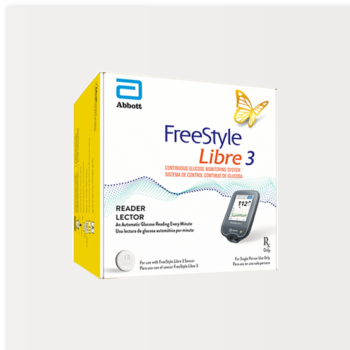
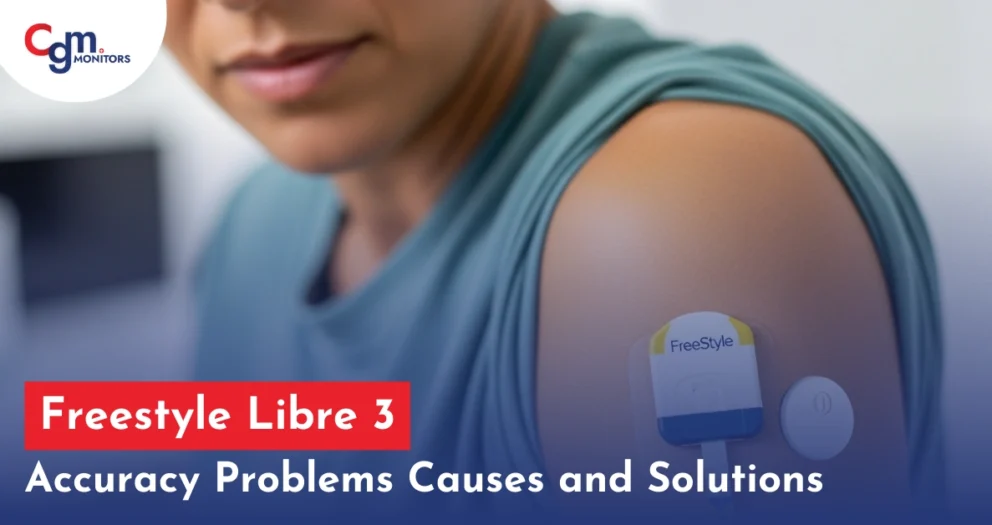

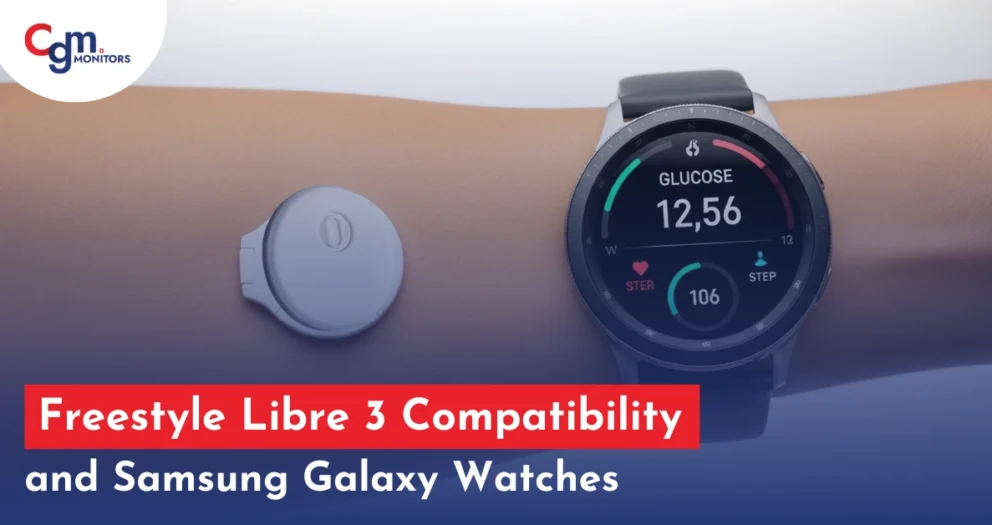


False low blood glucose readings repeatedly.Reported before to Abbott and replaced sensors.Fade up
Hi Syed. Sorry to hear about any inconvenience you may have experienced.
The false low readings are often caused by these three reasons.
1. You are a side sleeper and wearing the sensor on the same side. The pressure applied on the sensors can lead to false low readings.
2. The sensor application site has an infected skin.
3. Your sensor is not attached well and thus giving you false readings.
If any of the above matches your scenario, please rectify and check again. Moreover, in order to keep your sensors well adhered, you may find it useful to try overlay patches, such as CGM Patches.
Hope this helps!
They should tested these before they threw them on to the public. I had a sensor quit working so I changed it. Now the one I put on is reading low. This is a libre 3 plus
Just placed my 3+ on my posterior upper arm at 10:30 am and it was recording well. Now I show repeated low blood sugar results 54/53 and my glucometer shows 110. I read that I might need a new patch but it is expensive to replace. Any guidance here?
Hello Cathy. Sorry to hear about any inconvenience you may have experienced.
Please note that during the first 12 hours of sensor application your body is adjusting with the sensor. Thus, if the readings do not match symptoms during this time, then please use fingerstick.
After 12 hours, if you keep getting incorrect readings (with this difference), please fill out a sensor replacement form here. Or simply call Freestyle customer care at 855-632-8658 betweem 8am to 8pm Eastern time.
Hope this helps!
I have been using the new Libre 3 Plus since 2025. Every single one has been low by 20-40% throughout the 15 days of wearing. To the point where Abbott no longer replaces my sensor when I call to complain. They have no solution. I’m not fat enough and in the US it’s only approved for back of arm placement. So my skinny old type 1 arms are not compatible with this sensor and there are no solutions. I hate the app even more now that it’s updated to make the print on a NOTE too small to read. Worst CGM and app known to any diabetic who actually relies on glucose readings to manage multiple daily injections. I would never hook up a pump to this inaccurate device.
Welcome to my world. My doctor thought I was not telling the truth about my constant 53/54 readings that were actually 85-100 via blood stick test. Hate these terrible sensors. New and “improved” app still doesn’t let you calibrate these too low readings so get used to the new math of diabetes management. Abbott does not gaf.
Hello Melinda,
We’re sorry to hear about the inconvenience you’ve experienced. While we have heard some general concerns about recent changes in manufacturing, we haven’t received reports identical to yours.
Have you had a chance to try the Freestyle Libre 2 Plus? Many users have found it to be a helpful alternative, and it might work better for your needs.
It’s the first one I have had that doesn’t read right it’s read adout 50-60 points low can I get it replaced
Hello Robert. Sorry to hear about any inconvenience you may have experienced. Abbott would perhaps replace it for you!
You may call Abbott customer support at 855-632-8658 anytime between 8am to 8pm Eastern Time (excluding holidays).
Or simply fill out a sensor replacement form here.
On my 3rd replacement set of Libre 3 plus due to errors
Sorry to hear about any inconvenience you may have experienced.
Could you please confirm the most recurring errors that might be causing you trouble? Also, have you reported them to the Freestyle customer service?